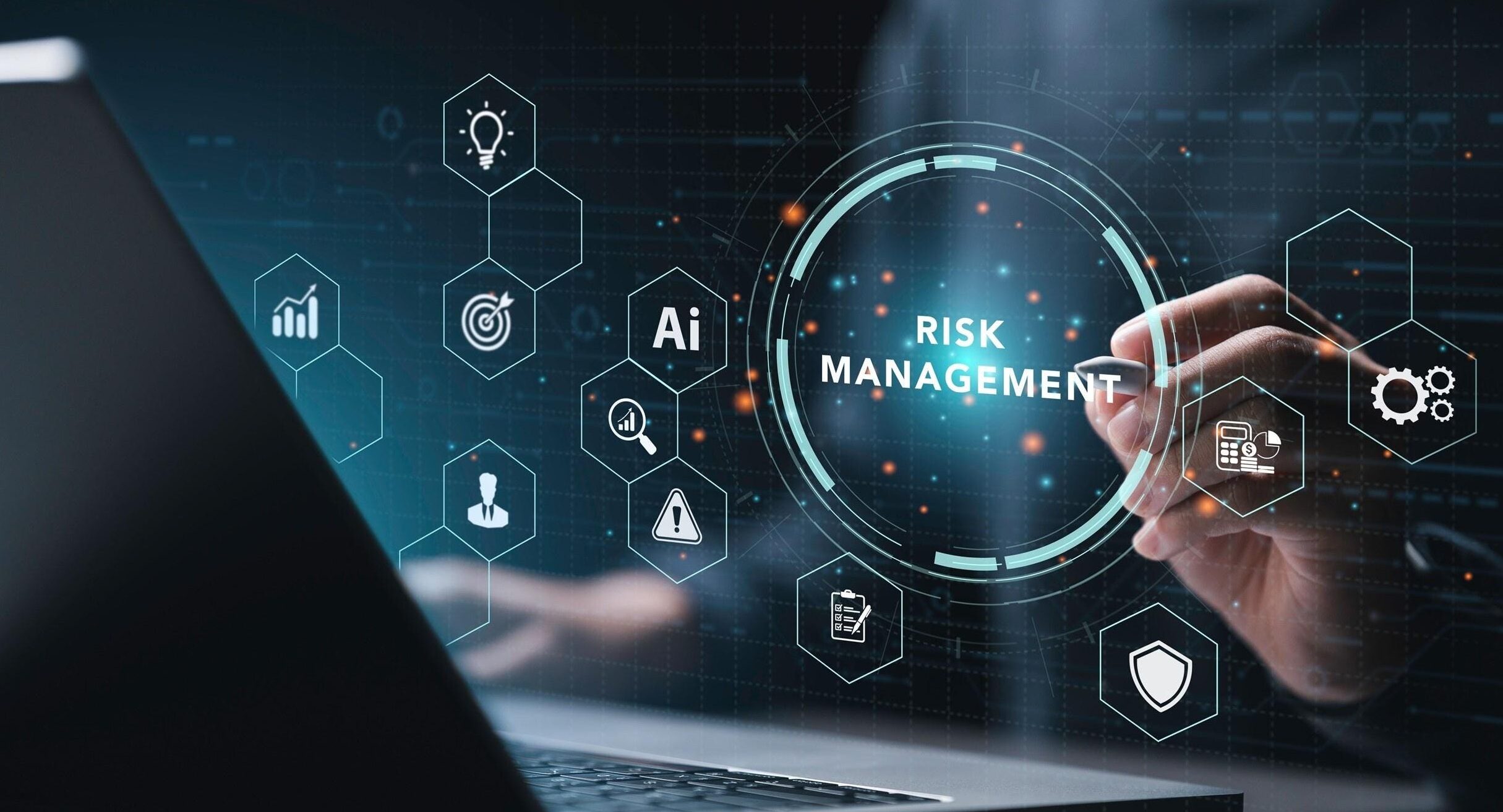The cryptocurrency landscape has evolved dramatically, making Bitcoin mining investment ROI analysis more critical than ever for potential investors. With Bitcoin’s price volatility, increasing mining difficulty, and rising operational costs, understanding the actual return on investment becomes the difference between profitable ventures and costly mistakes.
Whether you’re considering your first mining rig or scaling an existing operation, a thorough Bitcoin mining investment ROI analysis requires examining multiple variables, including hardware costs, electricity expenses, mining difficulty projections, and market conditions. This comprehensive guide provides the analytical framework and practical tools needed to make informed investment decisions in today’s competitive mining environment.
Modern Bitcoin mining has transformed from a hobbyist activity into a sophisticated industrial operation requiring substantial capital investment and strategic planning. The days of profitable CPU mining are long gone, replaced by specialized ASIC hardware costing thousands of dollars per unit. Understanding how to calculate and optimize your mining ROI has become essential for anyone serious about entering this space.
Understanding Bitcoin Mining Investment Fundamentals
Bitcoin mining represents a unique investment opportunity that combines technology, energy markets, and cryptocurrency economics. Unlike traditional investments, mining generates returns through block rewards and transaction fees while simultaneously supporting the Bitcoin network’s security and decentralization.
The fundamental principle behind mining profitability lies in the relationship between your operational costs and the Bitcoin rewards you receive. Every ten minutes, miners compete to solve complex mathematical problems, with the winner receiving newly minted Bitcoin plus transaction fees. Your share of these rewards depends on your mining power relative to the entire network’s hash rate.
However, mining profitability isn’t static. The Bitcoin network automatically adjusts mining difficulty approximately every two weeks to maintain consistent block times. As more miners join the network or upgrade their equipment, difficulty increases, reducing individual miner rewards. This dynamic creates the need for continuous ROI monitoring and strategic planning.
Energy costs typically represent 60-80% of mining operational expenses, making electricity prices the most critical factor in determining long-term profitability. Successful mining operations often relocate to regions with abundant, cheap energy, such as areas with hydroelectric power or surplus renewable energy capacity.
H2: Bitcoin Mining Investment ROI Analysis Key Metrics and Calculations
Conducting a proper Bitcoin mining investment ROI analysis requires understanding several key performance indicators that determine profitability. The most fundamental metric is the payback period – how long it takes for mining rewards to recover your initial hardware investment.
Initial Investment Calculations
Your upfront investment includes several components beyond just purchasing mining hardware. ASIC miners range from $2,000 for entry-level units to $15,000+ for the latest high-performance models. However, total initial costs must include power supply units, cooling systems, infrastructure setup, and installation expenses.
Professional mining operations also factor in facility costs, electrical infrastructure upgrades, and regulatory compliance expenses. A complete mining setup might cost 20-30% more than the advertised hardware price when accounting for all necessary components and installation requirements.
Daily Profitability Calculations
Daily mining profitability depends on your hash rate, current network difficulty, Bitcoin price, and operational costs. The basic formula involves calculating your share of daily Bitcoin production based on your hash rate percentage of the total network, then subtracting electricity and maintenance costs.
For example, if your mining rig produces 100 TH/s and the total network hash rate is 500 EH/s, you control approximately 0.0002% of the network’s mining power. With 900 Bitcoin mined daily across the entire network, your theoretical daily production would be 0.0018 Bitcoin before considering pool fees and operational costs.
Break-Even Analysis
Break-even analysis determines the minimum Bitcoin price or maximum operational costs needed to maintain profitability. This calculation becomes crucial during market downturns when Bitcoin prices may fall below mining costs for extended periods.
Successful miners typically target break-even points 30-50% below current Bitcoin prices to provide a buffer against market volatility. This margin allows operations to remain profitable during price corrections while maintaining sufficient cash flow for equipment maintenance and upgrades.
Mining Hardware ROI Comparison
Different mining hardware options offer varying ROI potential based on their efficiency, cost, and longevity. The latest generation ASIC miners provide superior energy efficiency but command premium prices that may extend payback periods.

Latest Generation ASIC Miners
The Antminer S21 series and similar flagship models offer the highest hash rates and energy efficiency available in 2025. These units typically provide 200+ TH/s while consuming 3000-3500 watts, delivering excellent performance per watt ratios that translate to superior long-term profitability.
However, premium pricing means these miners may require 12-18 months to achieve payback under current market conditions. Their efficiency advantages become more pronounced as electricity costs increase or mining difficulty rises, making them ideal for long-term investment strategies.
Mid-Range Mining Options
Older generation miners like the S19 series offer attractive entry poin ts for new miners with lower initial capital requirements. While less efficient than the latest models, their reduced purchase prices can result in shorter payback periods in favorable market conditions.
These miners work well for operations with access to incredibly cheap electricity or for investors seeking faster initial returns despite higher operational costs. Their established reliability and readily available replacement parts also reduce maintenance risks.
Used Equipment Considerations
The used mining equipment market provides opportunities for investors with limited capital, but requires careful evaluation of remaining useful life and warranty coverage. Used miners may offer 6-12 month payback periods but face higher failure rates and potentially obsolete technology.
Successful used equipment strategies focus on recent models with remaining manufacturer warranties and documented maintenance histories. The savings on initial investment must offset increased operational risks and potentially shorter productive lifespans.
Operational Cost Analysis
Understanding and optimizing operational costs directly impacts mining ROI and determines long-term sustainability. These ongoing expenses continue regardless of Bitcoin price fluctuations, making cost management crucial for maintaining profitability during market downturns.
Electricity Cost Management
Electricity typically represents the most significant operational expense for mining operations. Rates vary dramatically by location, from under $0.03/kWh in regions with surplus renewable energy to over $0.15/kWh in high-cost markets.
Many successful mining operations negotiate special industrial rates or power purchase agreements that provide cost certainty and volume discounts. Some operations even invest in renewable energy infrastructure to achieve long-term cost stability and environmental benefits.
Load balancing and power factor optimization can reduce electricity costs by 5-10% through improved efficiency and reduced demand charges. Intelligent power management systems automatically adjust mining intensity based on electricity pricing and grid conditions.
Maintenance and Replacement Costs
ASIC miners require regular maintenance, including fan replacements, thermal paste renewal, and hashboard repairs. Budget approximately 5-10% of hardware value annually for maintenance expenses, with costs increasing as equipment ages.
Replacement part availability and cost vary significantly between manufacturers and models. Popular miners typically have readily available parts and established repair networks, while niche models may face supply constraints and premium pricing for components.
Preventive maintenance programs can extend equipment lifespan and reduce unexpected failures that impact profitability. Regular cleaning, temperature monitoring, and firmware updates help maintain optimal performance and prevent costly downtime.
Infrastructure and Facility Costs
Commercial mining operations incur facility costs, including rent, security, insurance, and climate control. These fixed costs must be allocated across your mining capacity to determine their impact on per-unit profitability.
Purpose-built mining facilities optimize these costs through efficient layouts, advanced cooling systems, and automated monitoring. While requiring higher initial investment, these facilities often achieve 10-20% better operational efficiency than converted spaces.
Market Volatility Impact on Mining ROI
Bitcoin’s price volatility significantly affects mining profitability and investment returns. Successful mining operations develop strategies to manage this volatility while maintaining operational continuity during market downturns.
Price Volatility Management
Dollar-cost averaging strategies help smooth the impact of Bitcoin price fluctuations on mining returns. Rather than selling all mined Bitcoin immediately, some operations maintain reserves to sell during favorable market conditions.
Hedging strategies using Bitcoin futures or options can provide downside protection while maintaining upside potential. These financial instruments allow miners to lock in minimum Bitcoin sale prices, providing cash flow certainty for operational planning.
Mining Difficulty Adjustments
Network difficulty typically increases and reduces individual miner profitability by decreasing their share of block rewards. Difficulty adjustments occur every 2016 blocks (approximately two weeks) based on the network’s total hash rate changes.
Historical data shows difficulty increases, averaging 2-5% per adjustment during bull markets as new miners join the network. Bear markets may see difficulty decrease as unprofitable miners shut down, improving conditions for remaining operators.
Planning for difficulty requires conservative profitability projections that account for reduced future returns. Successful operations typically model 20-30% annual difficulty increases in their ROI calculations to maintain realistic expectations.
ROI Optimization Strategies
Maximizing mining ROI requires ongoing optimization of both operational efficiency and strategic positioning. The most profitable operations continuously evaluate and improve their performance across multiple dimensions.
Pool Selection and Strategy
Mining pool selection significantly impacts realized returns through fee structures, payout methods, and reliability. Pools typically charge 1-3% fees but offer reduced variance in daily payouts compared to solo mining. PPS (Pay Per Share) pools provide predictable daily income but typically charge higher fees. PPLNS (Pay Per Last N Shares) pools offer lower costs but more variable payouts based on pool luck and timing. Geographic pool selection can reduce latency and improve share acceptance rates, potentially increasing effective hash rate by 1-2%. Some miners use multiple pools simultaneously to minimize counterparty risk and optimize returns.
Energy Efficiency Improvements
Undervolting and underclocking strategies can improve energy efficiency while slightly reducing hash rate. These modifications may increase profitability in high electricity cost environments by optimizing the power-to-performance ratio.
Advanced cooling solutions, including immersion cooling and direct-to-chip cooling, can enable higher performance while reducing energy consumption for ventilation. These systems require a higher initial investment but may improve long-term ROI.
Power infrastructure upgrades to three-phase power and improved power factor correction can reduce electricity costs and enable higher-density installations. These improvements often pay for themselves within 12-18 months through reduced operational costs.
Financial Planning and Risk Management
Successful Bitcoin mining investments require comprehensive financial planning that addresses both opportunities and risks inherent in this volatile industry.

Capital Allocation Strategies
Diversifying across different mining hardware generations and manufacturers reduces risk from technology obsolescence or supply chain disruptions. This approach may sacrifice some efficiency gains for improved operational resilience.
Reinvestment strategies that allocate a portion of mining profits to equipment upgrades help maintain a competitive position as network difficulty increases. Successful operations typically reinvest 20-40% of earnings during favorable market conditions.
Cash flow management becomes critical during market downturns when mining may become temporarily unprofitable. Maintaining 3-6 months of operational expenses in reserves helps operations survive difficult periods without forced shutdowns.
Risk Mitigation Approaches
Geographic diversification across multiple locations reduces risks from regulatory changes, natural disasters, or local infrastructure problems. Some large operations maintain facilities in 2-3 different jurisdictions. Equipment insurance and business interruption insurance protect against hardware failures, theft, or operational disruptions.
While adding to operational costs, insurance can prevent catastrophic losses that would destroy investment returns. Regulatory compliance and legal structure optimization safeguard operations against changes in government policies concerning cryptocurrency mining. Professional legal and tax advice becomes essential for significant mining investments.
Technology Trends Affecting Future ROI
Staying ahead of technology trends helps mining investors make informed decisions about equipment purchases and timing. The rapidly evolving mining hardware landscape can quickly obsolete older equipment and shift competitive dynamics.
Next-Generation Mining Hardware
Emerging chip technologies promise continued improvements in energy efficiency and hash rate density. These advances typically follow Moore’s Law patterns with new generations offering 30-50% better performance per watt. However, diminishing returns and physical limits may slow future efficiency gains compared to historical improvements.
New miners should factor more conservative efficiency improvement assumptions into long-term ROI projections. Alternative cooling technologies and system architectures may unlock new performance levels while reducing operational complexity. Liquid cooling and advanced thermal management systems continue evolving to support higher power densities.
Network Upgrades and Protocol Changes
Bitcoin protocol upgrades may affect mining economics through changes to block rewards, transaction fees, or consensus mechanisms. While significant changes require broad community consensus, miners should monitor development discussions. Lightning Network growth and other layer-2 solutions may impact transaction fee revenues that supplement mining rewards.
The long-term trend toward lower on-chain transaction volumes could affect mining profitability structures. Regulatory developments in major markets may influence mining location strategies and operational structures. Changes in tax treatment, environmental regulations, or energy policies can significantly impact profitability calculations.
Case Studies: Real-World Mining ROI Examples
Examining actual mining operation results provides valuable insights into the practical realities of Bitcoin mining investment returns and the factors that determine success or failure.
Small-Scale Home Mining
A typical home mining setup with 2-3 Antminer S19 units represents an investment of $8,000-12,000, including infrastructure setup. With residential electricity rates averaging $0.12/kWh, these operations typically achieve 12-18-month payback periods under favorable market conditions. However, home mining faces challenges including noise limitations, cooling requirements, and residential electricity rate structures.
Many residential miners experience higher than expected electricity costs due to demand charges and tier pricing structures. Successful home miners often optimize through solar panel installations, off-peak electricity usage, and efficiency modifications. These improvements can reduce operational costs by 20-30% while providing greater energy independence.
Mid-Scale Commercial Operations
Commercial operations with 50-200 miners benefit from economies of scale in electricity purchasing, maintenance, and infrastructure costs. These facilities typically achieve lower per-unit operational costs and faster payback periods than home setups.
Professional facility management, bulk purchasing power, and optimized cooling systems enable these operations to maintain higher uptime and efficiency. Their scale also provides access to industrial electricity rates and volume discounts on equipment purchases.
However, commercial operations face higher fixed costs, regulatory requirements, and operational complexity. Success requires professional management, adequate capitalization, and sophisticated financial planning to handle market volatility.
Industrial Mining Facilities
Large-scale mining operations with thousands of units achieve the lowest operational costs through massive economies of scale, custom power infrastructure, and strategic location selection. These facilities often secure electricity rates below $0.05/kWh through direct utility partnerships.
Industrial operations typically achieve 8-12 month payback periods and maintain profitability through extended market downturns. Their scale enables sophisticated risk management, equipment diversity, and financial hedging strategies. The high capital requirements and operational complexity limit industrial mining to well-funded organizations with extensive technical expertise. Success requires millions in initial investment and professional management teams.
Conclusion
Conducting a thorough Bitcoin mining investment ROI analysis remains essential for anyone considering entering this competitive industry. Success requires understanding the complex interplay between hardware costs, operational expenses, market volatility, and technological evolution that determines long-term profitability. Bitcoin mining investment ROI analysis.
The mining landscape continues to evolve rapidly, driven by new technologies, changing regulations, and shifting market dynamics that constantly alter the profitability equation. Investors who approach mining with professional-level planning, adequate capitalization, and realistic expectations have the best chances of achieving sustainable returns.







